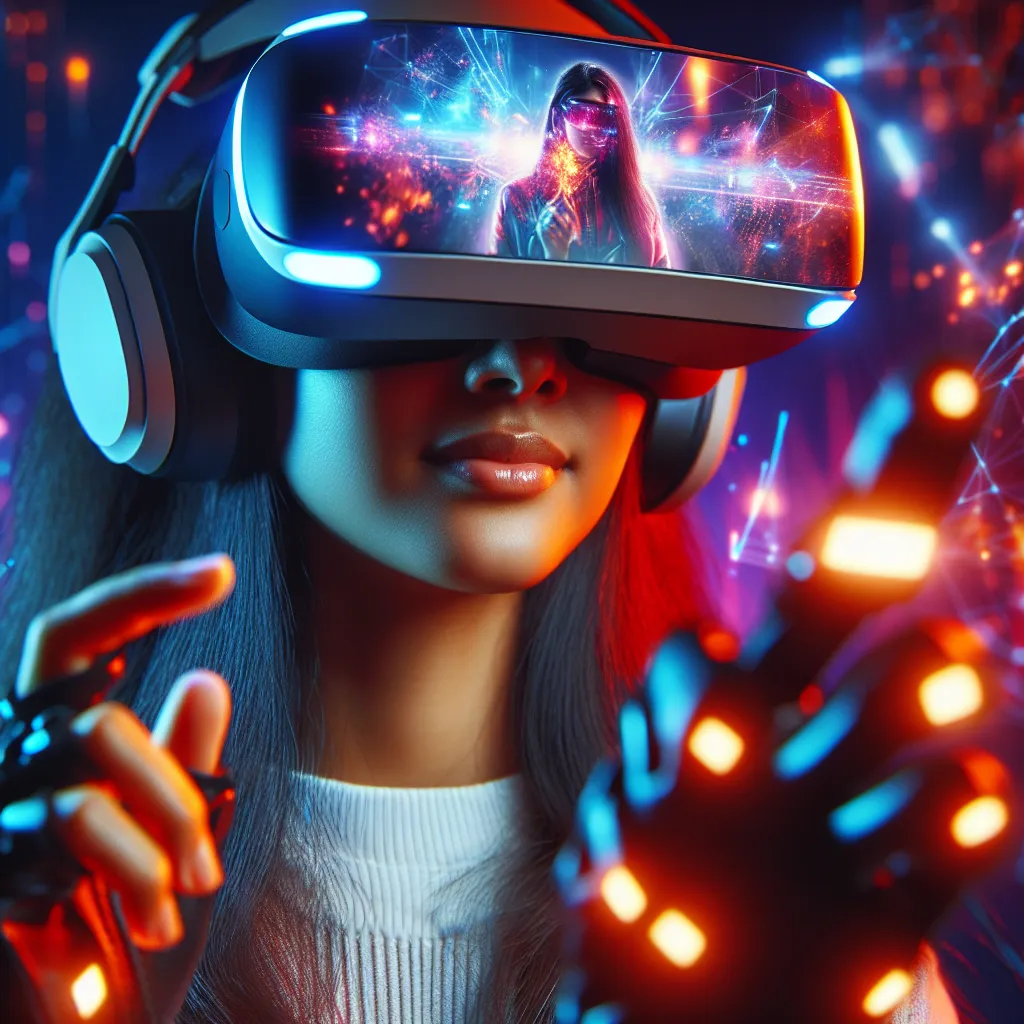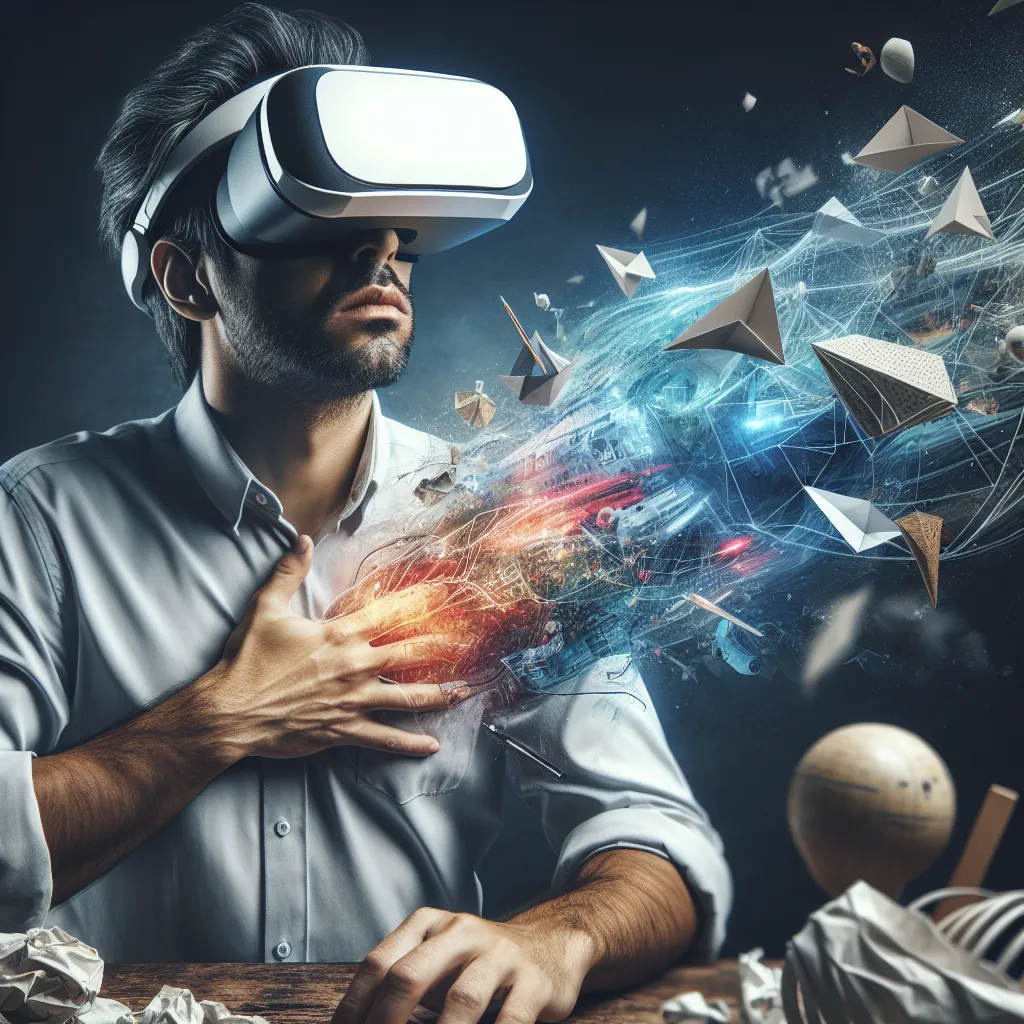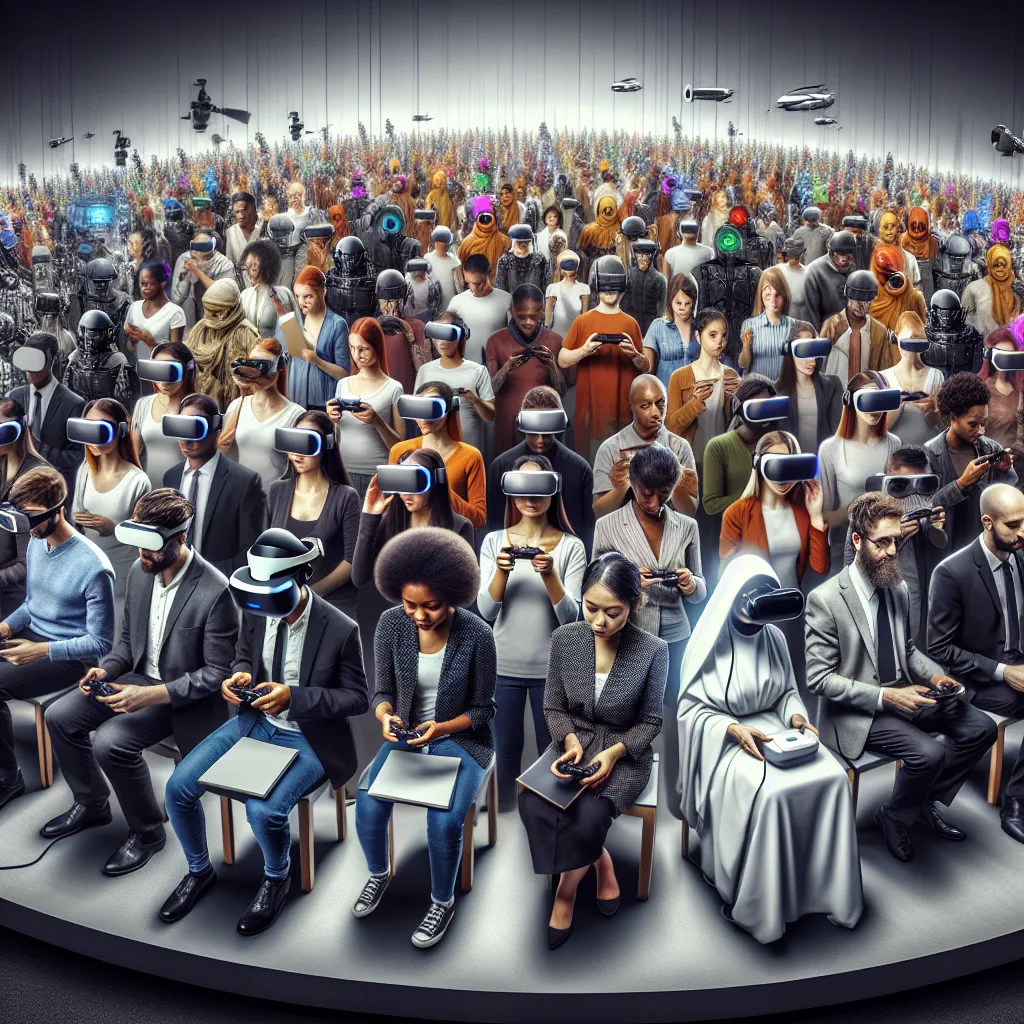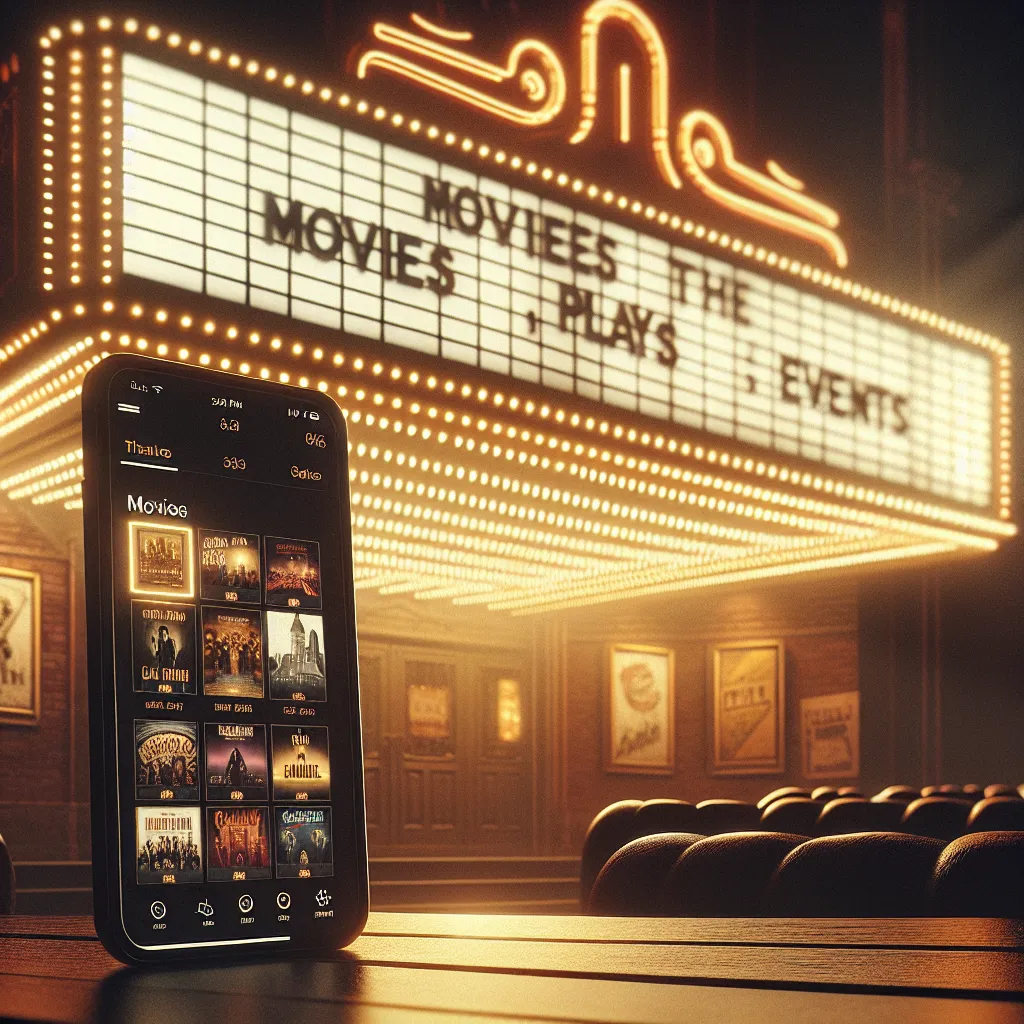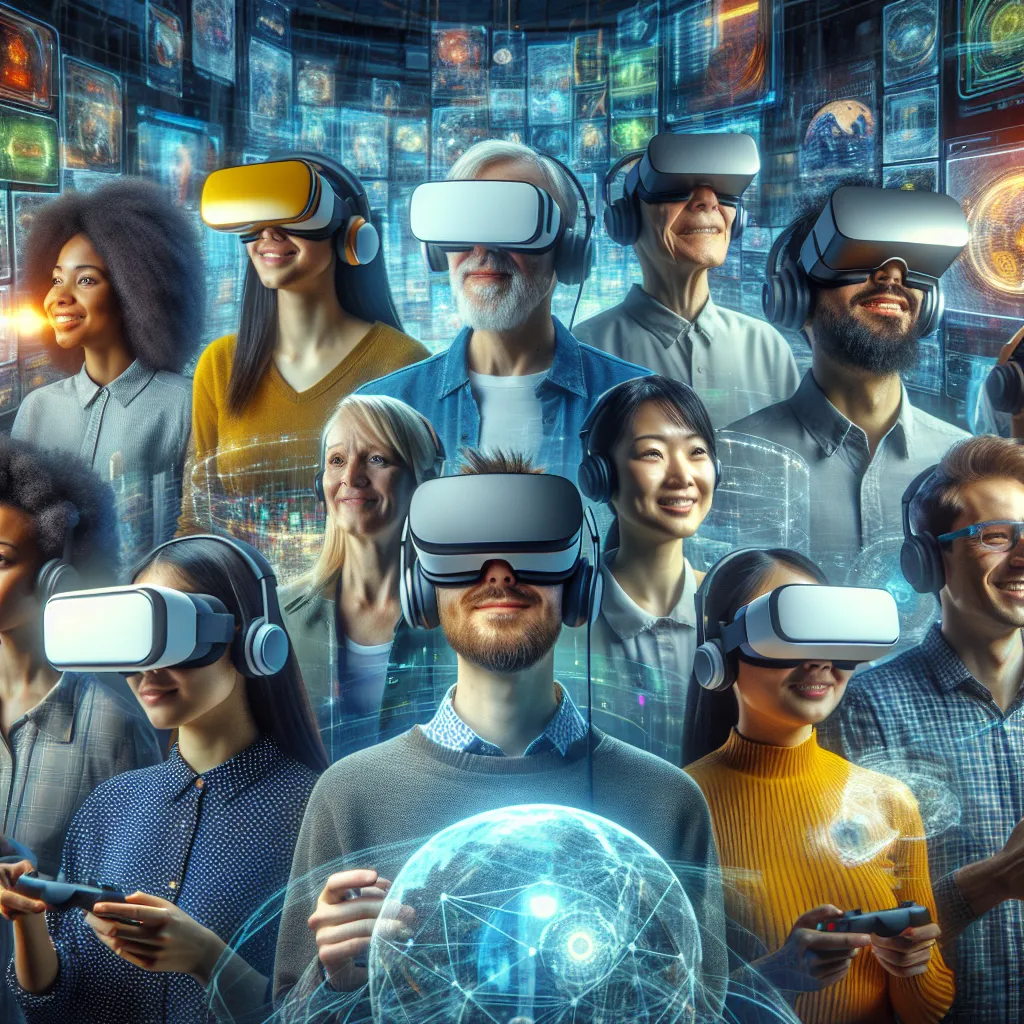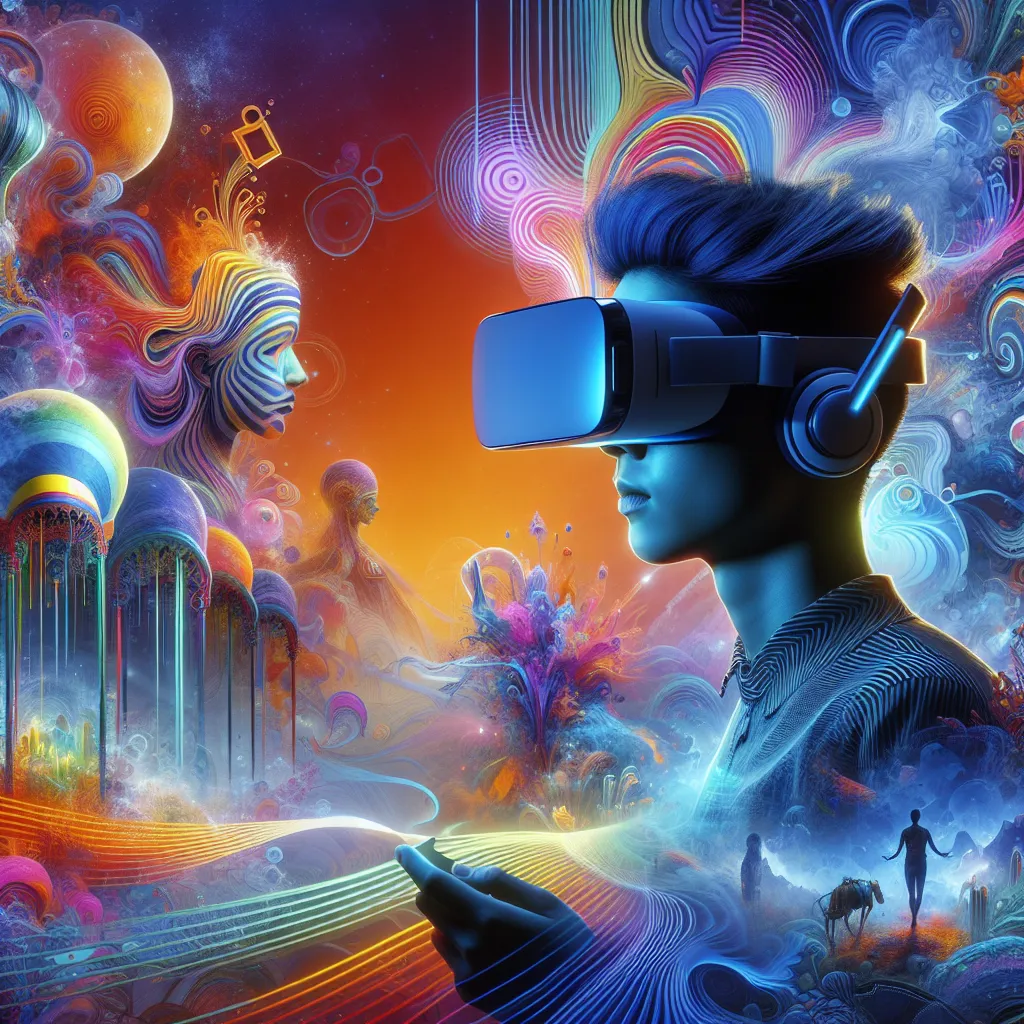The gaming industry has evolved significantly since the introduction of Pong in 1972 by Atari, serving as a catalyst for the future of gaming. Pong's success demonstrated the potential of the video game market, leading to further innovation and technological advancement, shaping the industry for decades to come. Understanding the impact of Pong is crucial in appreciating the ongoing transformation of gaming technology and culture, from the simple two-dimensional games of the past to the immersive virtual reality experiences of today. As technology continues to advance, the line between consoles and PCs is blurring, but the inherent flexibility and power of PCs continue to position them as a dominant force in the ever-changing landscape of gaming. Additionally, the rise of virtual reality gaming has transformed the way players engage with games, offering an immersive experience that continues to push the boundaries of what is possible in the gaming world.
The article explores the evolution of virtual reality (VR) from its origins in science fiction to its current tangible impact across various industries. It discusses how VR has progressed from a conceptual idea to a revolutionary technology that offers immersive and interactive experiences in fields such as gaming, entertainment, healthcare, education, and more. The accessibility and adoption of VR devices have accelerated, presenting opportunities for businesses to create innovative experiences and applications. The article also highlights VR's transformative impact on industries, such as healthcare's advanced training simulations, immersive educational experiences, and enhanced entertainment and gaming. It concludes by emphasizing the paradigm shift that VR represents in how we engage with digital experiences and its potential to reshape various sectors.
The article "Understanding the Basics of Virtual Reality Technology" delves into the foundational principles of VR, emphasizing its immersive and interactive nature. It discusses the technology's ability to create a sense of presence through high-resolution displays, motion sensors, and spatial audio, facilitating a seamless integration of the virtual and physical worlds. Moreover, the article highlights the significance of advanced graphics rendering, 3D spatial mapping, and technological innovations such as haptic feedback systems in enhancing the user experience. The piece emphasizes the relevance of understanding these basics for grasping the potential of VR across diverse industries, underscoring its impact on the modern digital landscape. By delving into this article, readers will gain a comprehensive insight into the fundamental components and technological capabilities of VR, enabling them to appreciate its profound impact and potential for creating compelling and immersive experiences.
The article provides an insightful exploration of the evolution and future potential of virtual reality (VR) technology. It highlights the remarkable progress from bulky, expensive headsets to sleek, affordable devices and emphasizes the boundless possibilities of the future of VR, particularly in terms of enhanced immersion and the development of the metaverse. The article also outlines how advancements in hardware, software, and network infrastructure are set to revolutionize industries and create new opportunities for innovation and creativity, making VR an exciting field to watch. Additionally, it underscores the promising advancements in haptic feedback technology and refinements in VR hardware, making the technology more accessible and user-friendly. Overall, the article serves as a compelling invitation for readers to delve into the transformative potential of VR and its impact on various aspects of daily life.
The article explores the transformative impact of streaming platforms on the entertainment industry, emphasizing the profound shifts in consumer behavior, content production, and industry dynamics. It highlights how streaming services like Netflix, Amazon Prime Video, Hulu, and Disney+ have challenged traditional entertainment distribution, offering viewers unprecedented access to diverse content and empowering them to curate their entertainment experiences. Moreover, the article underlines how streaming platforms have sparked the proliferation of high-quality original content, fostering cultural exchange and inclusivity, while also forcing traditional media networks and cinema chains to adapt to the paradigm shift. Finally, it suggests that the disruptive influence of streaming platforms has reshaped the entertainment landscape, providing a compelling insight into the evolving future of the industry.
The article discusses the link between excessive gaming and mental health challenges, highlighting the potential negative impact of prolonged gaming on mental well-being, including increased susceptibility to anxiety, depression, and addictive behaviors. It emphasizes the importance of seeking professional help and setting boundaries for gaming. Conversely, it explores the positive effects of gaming on mental well-being, such as providing a sense of achievement, acting as a stress reliever, and fostering social connections. The cognitive benefits of gaming, including improved cognitive functions and problem-solving skills, are also addressed. The article concludes by providing strategies for addressing gaming addiction and maintaining good mental health by establishing healthy gaming habits and balancing gaming with physical activity and outdoor time. Overall, it presents a balanced view of the influence of gaming on mental health, encouraging readers to consider both the potential risks and benefits.
The article explores the evolution of live performance from traditional theater to digital streaming and its impact on the entertainment industry. It discusses how digital streaming has democratized access to live performances, enabling artists to reach wider audiences and experiment with new storytelling techniques. Furthermore, it emphasizes that digital streaming has not replaced traditional live performances but has complemented them, offering audiences a new way to engage with live entertainment. The piece also touches on the profound impact of radio and television on entertainment culture, highlighting their role in shaping societal norms and influencing popular culture. Additionally, it delves into the birth of cinema and its transformative effect on storytelling and society, marking a revolutionary shift in the way stories are told and experienced. The article thoroughly examines the interplay between technological advancements and live performance, painting a compelling picture of the ever-evolving world of entertainment.
The evolution of mobile gaming from simple 2D games with basic controls to immersive, visually stunning experiences like Fortnite showcases the rapid advancements in technology and the innovative spirit of game developers. The impact of mobile gaming on the traditional gaming industry has been significant, attracting a new and diverse audience to gaming and disrupting traditional monetization strategies. As smartphones continue to become more powerful, the future of mobile gaming looks incredibly promising, with the potential for even more immersive and visually stunning experiences yet to come. The article paints a comprehensive picture of how mobile gaming has transformed over the years and the influence it has had on the broader gaming landscape, making it a compelling read for anyone interested in the evolution of gaming.
The article traces the evolution of Virtual Reality (VR) technology from its origins in science fiction to its current status as a transformative force in various industries. It highlights the technological breakthroughs and creative innovation that have propelled VR from a futuristic concept to a tangible reality, shaping its applications in gaming, healthcare, education, and entertainment. The pivotal role of advancements in hardware and software development in creating immersive and realistic VR experiences is discussed, with a focus on its potential to redefine digital engagement and its boundless impact on society. Additionally, the article explores VR's role in enhancing education and training, emphasizing its ability to provide experiential learning, create safe training environments, and offer personalized learning experiences. It ultimately invites readers to explore the full article for a comprehensive understanding of VR's journey and its potential in shaping the future of digital experiences, education, and training.
The article "Immersive World: The Future of Virtual Reality" provides an in-depth exploration of the advancements and potential of virtual reality (VR) technology. It highlights the growing prospect of an "Immersive World" where the lines between reality and simulation are increasingly blurred. The piece emphasizes the role of advanced hardware, such as high-resolution displays and haptic feedback devices, in enhancing the sensory experience within virtual environments. Additionally, the article discusses the contributions of augmented reality (AR) and mixed reality (MR) technologies in creating seamless integration between physical and virtual elements, paving the way for truly immersive experiences. Moreover, it underlines the significance of compelling content development for the future of VR, offering users access to diverse and engaging virtual worlds. Overall, the article presents a compelling vision of VR as an immersive world, enticing readers to explore the full scope of possibilities and advancements in the VR landscape.

